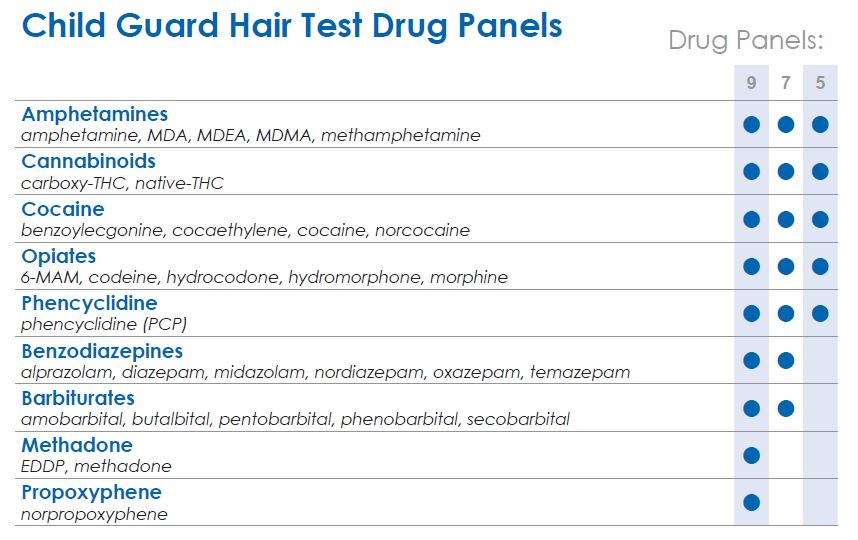The PEth Blood Test in the Security Environment: What it is; Why it is Important; and Interpretative GuidelinesWilliam Ulwelling M.D., M.P.H., Kim Smith Ph.D., ABPP First published: 13 July 2018 https://doi.org/10.1111/1556-4029.13874 abstract:Testing for phosphatidylethanol (PEth) is a relatively new tool for detecting and grossly quantifying a person’s use of alcohol in a variety of security, medical, and legal environments. The basic chemistry of PEth is explained with a particular focus on factors that make it highly suitable as a biomarker for alcohol use in such situations. This article meets the need for a literature review that synthesizes PEth laboratory findings and suggests updated guidelines for interpretation. Several ethanol biomarkers have been used for detection or monitoring alcohol use but have significant limitations. Based on this review, the authors propose three guidelines for evaluating PEth values: Light or no Consumption (<20 ng/mL), Significant Consumption (20–199 ng/mL), and Heavy Consumption (>200 ng/mL). These guidelines are important in employment and security environments, but also have applicability in such diverse activities as alcohol treatment programs, organ transplant decisions, and monitoring impaired medical professionals. click here to read the full articleclick here to read a summary of the article
1 Comment
child guard Hair testing: Exposure vs. ingestionWhen a child or someone under guardianship is exposed to illegal substance abuse they often also face other coexisting obstacles to a normal life - neglect, abuse, violence, and other vulnerabilities. Substance abuse is a disease, one that often prevents adults from doing what is in a child’s best interest. Detecting these dangerous environments is paramount to keeping the child safe. Testing with ChildGuard® can assist, where other exposure drug tests fall short. ChildGuard® is the only drug test designed to detect passive exposure to drugs, distinguishing between both native drugs and drug metabolites in hair specimens. Drug metabolites are produced in the body only if drugs have been ingested. Children in drug exposed environments are most often not drug users themselves, so drug metabolites are typically absent when a child is being tested for drug exposure. Typical hair tests with other labs will only report a positive exposure result if drug metabolites are detected, even when the native drug is in the child’s hair specimen. ChildGuard® reports a positive result if either native drugs or drug metabolites are detected, giving much better insight about the child’s environment. ChildGuard® can provide evidence of substance use in a child’s environment for the past 3 months, and can be performed on donors of any age. A positive ChildGuard® test result suggests that the donor has experienced one or more of the following: • Contact with drug smoke, • Contact with sweat or sebum (skin oil) of a drug user, • Contact with the actual drug, • Accidental or intentional ingestion of the drug(s). Our forensic test for passive exposure is the first and only test of its kind. See our hair testing pages for information about specimen collection. Toxicology completed by United States Drug Testing Laboratories, Inc. |
Details
Categories
All
ArchivesAuthorTricia Engelbert, RN, CEO 5280 Drug Testing |

 RSS Feed
RSS Feed